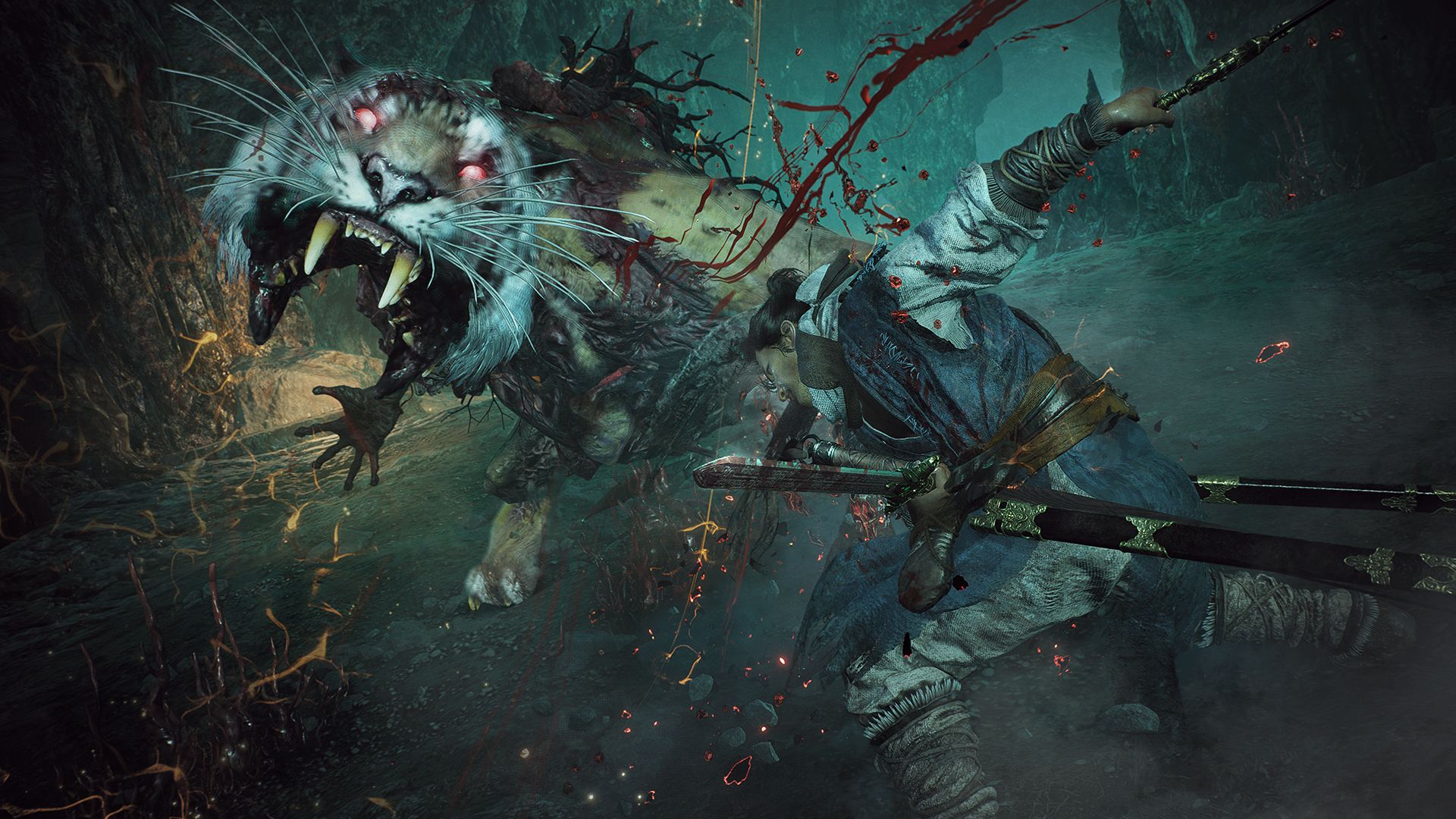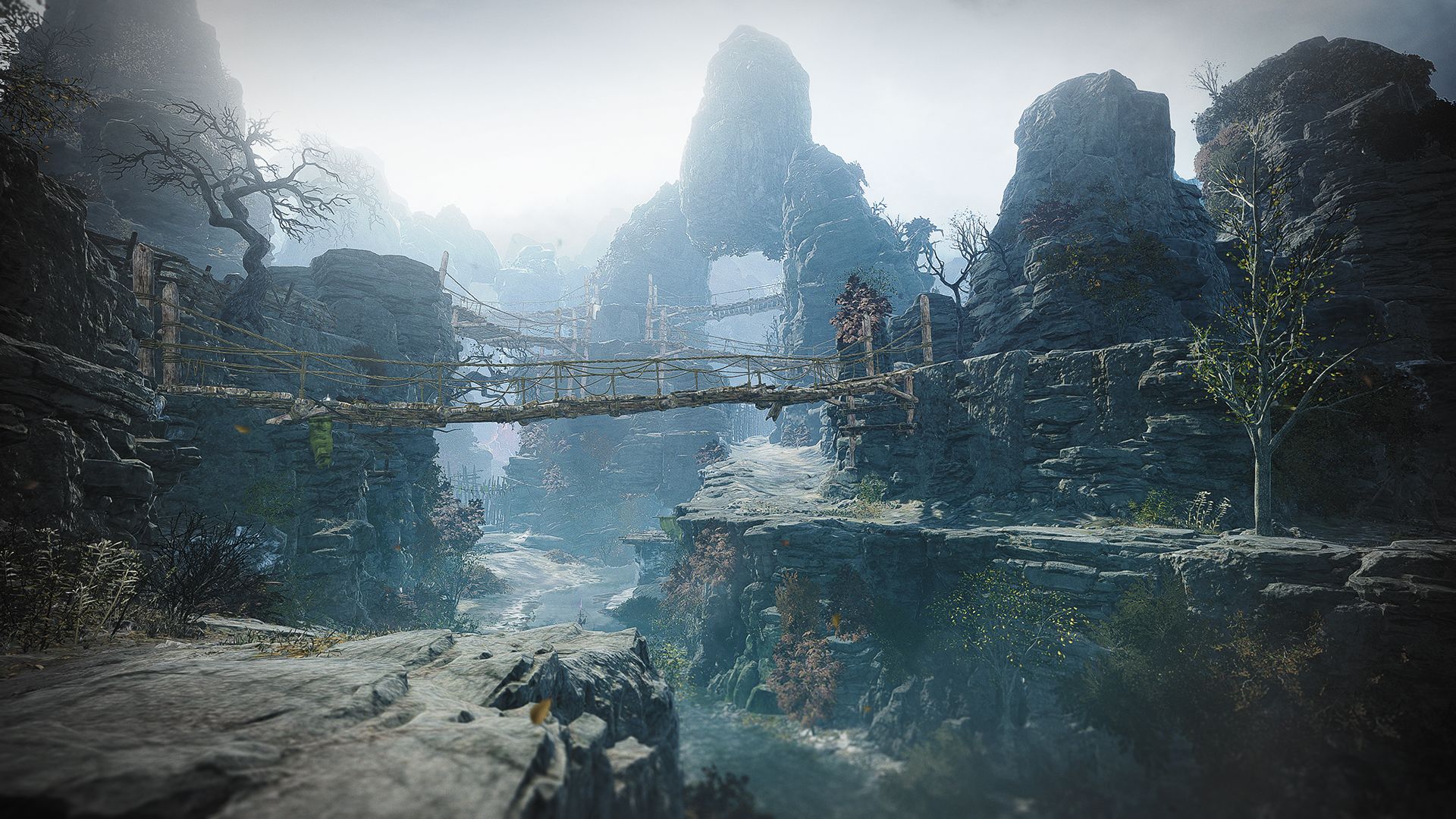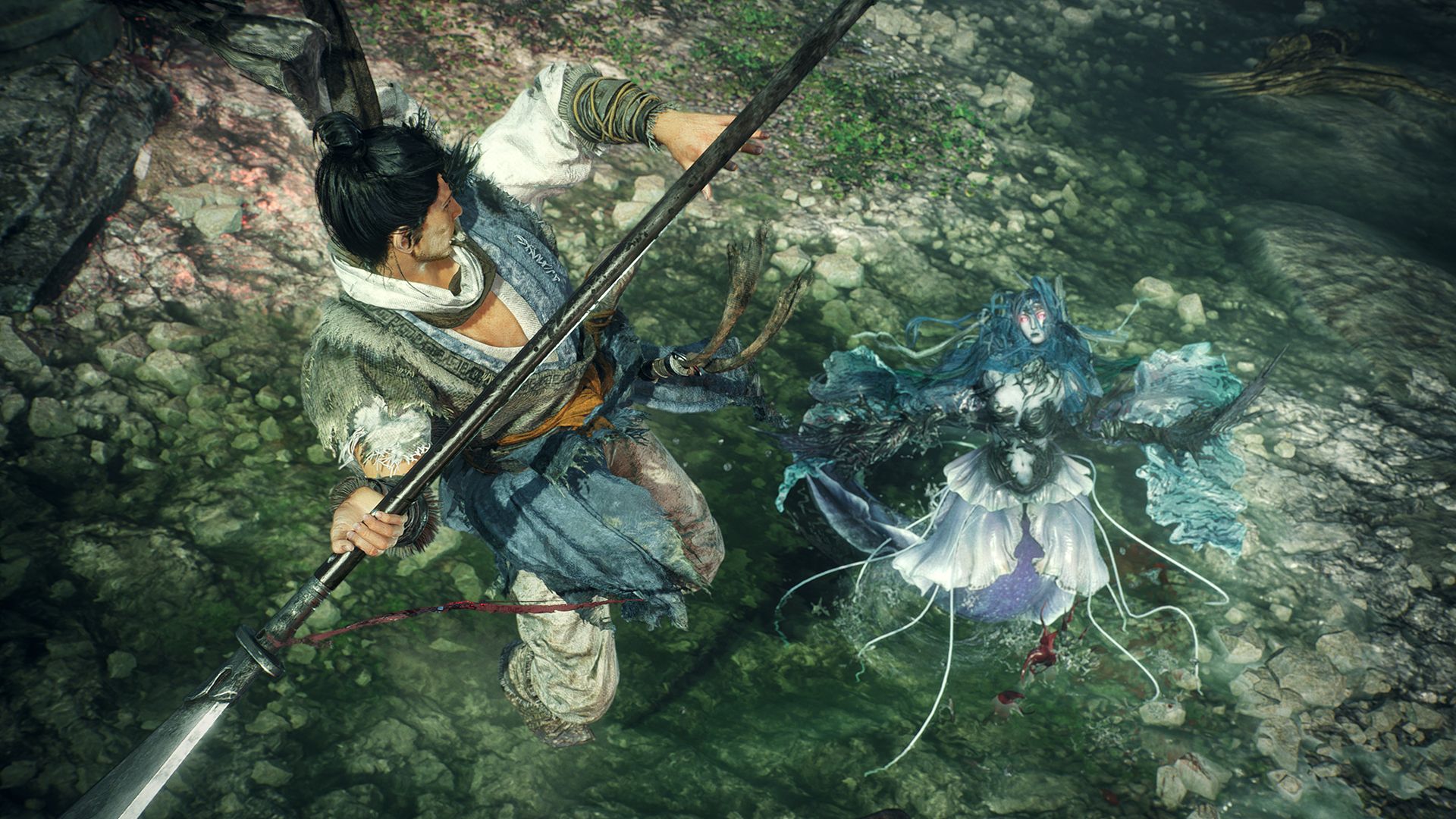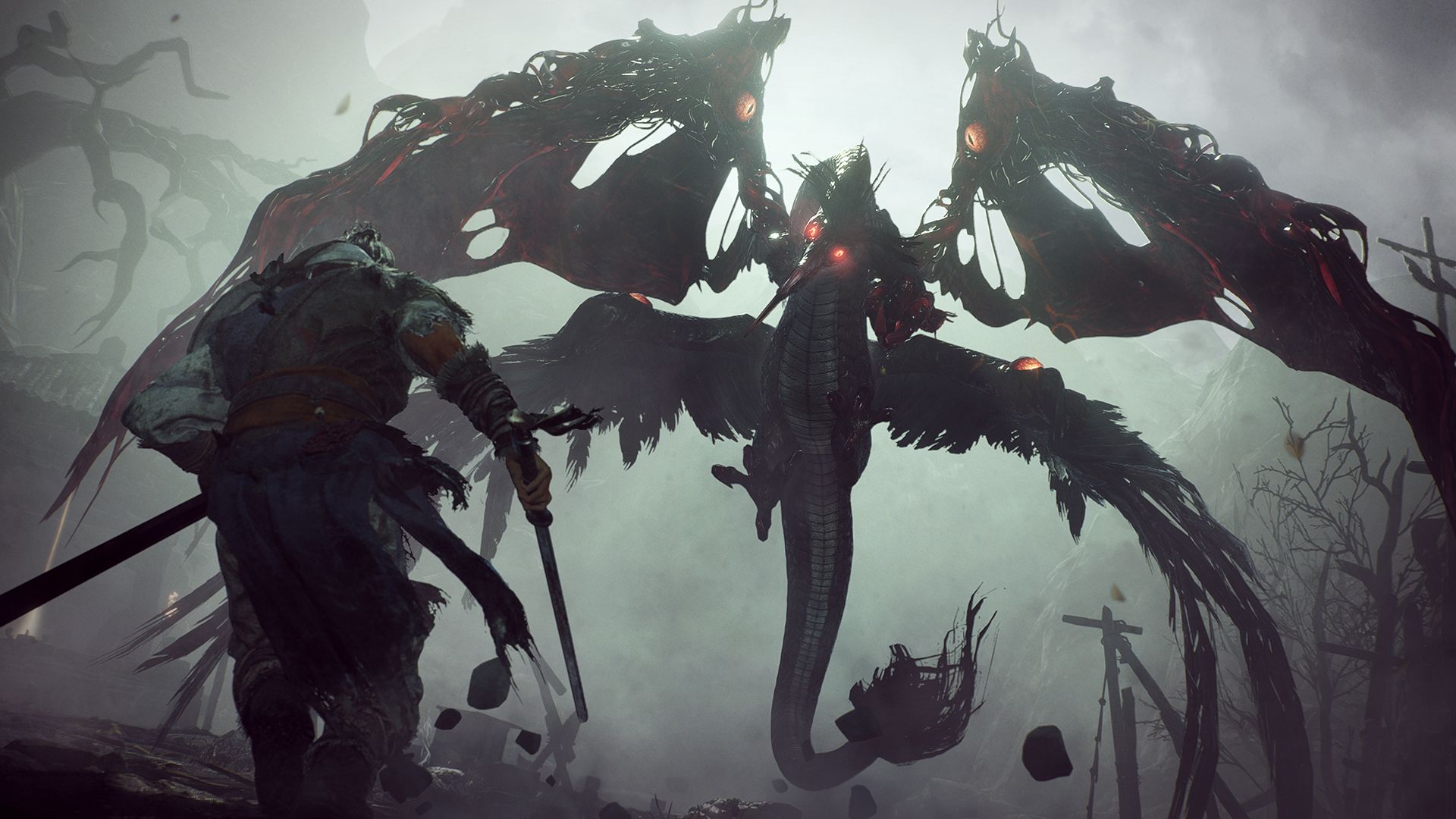Koei Tecmo and Team Ninja unveiled Wo Long: Fallen Dynasty at the Microsoft showcase in June of last year, sparking immense anticipation in the gaming world. It is evident that this Soulslike game will deliver a truly challenging experience, which is not surprising considering the reputation of its developer, Team Ninja. This studio is known for crafting games that are both tough and unrelenting, as exemplified by their previous works, the Ninja Gaiden and Nioh franchises.
However, Wo Long: Fallen Dynasty takes players on a new journey, far from the feudal Japan setting of its predecessors like Nioh, and instead plunges them into a dark, fantastic interpretation of feudal China. As players immerse themselves in this shadowy world, they will face seemingly insurmountable challenges that will push their gaming skills to the limit, all while enjoying a stunning visual representation of this mystical world. This article will examine Wo Long: Fallen Dynasty in terms of its technical aspects.
We would like to make a small note before we proceed further. Our analysis of the game’s performance, graphics, and other aspects has been largely based on the PS5 version of the game. With that in mind, let’s proceed ahead.
Continuing Legacy of In-House Engine
Team Ninja in the past used the in-house game engine called the “Team Ninja Engine” for Nioh and Nioh 2, which are the studio’s most recent active titles. The engine is specifically designed for action games, and it has been used in other Team Ninja games as well, such as Ninja Gaiden and Dead or Alive. The Team Ninja Engine is known for its flexibility, allowing developers to create highly detailed game worlds, fluid character animations, and complex combat systems.
It is worth noting that for Wo Long: Fallen Dynasty, it is not confirmed which game engine has been used. However, it is likely that the studio continued to use its in-house engine, as it has proven to be highly effective in creating action games that are visually stunning and deliver a smooth and responsive gameplay experience.
Graphics Performance
When it comes to graphic performance, the game provides players with different options depending on their platform of choice. On PS5, players can enjoy the game in two different modes: resolution and performance mode. Both modes target 60 frames per second and for the most part, the game achieves its targets. On the resolution front, resolution mode targets 4K resolution whereas the performance mode seems to be running a dynamic resolution.
On the loading front, the game doesn’t seem to be using the full capability of the PS5 SSD as we observed loading times up to several seconds. Although, we didn’t analyze the Xbox Series X versions, it has been reported that it closely follows the PS5 parameters on the resolution, performance and loading parameters. It’s worth noting that neither PS5 nor Xbox X supports Variable Refresh Rate (VRR), and only the Steam and Microsoft Store versions of the game support a 120Hz refresh rate, with a max fps of 120.
It’s been reported that on PC, Wo Long: Fallen Dynasty offers even more flexibility. Players can choose between 30fps and 60fps frame rate caps and adjust the rendering resolution. The game also supports resolutions up to 4K, as well as ultrawide screens. However, the rendering resolution may need to be lowered to ensure optimal performance on less powerful machines, such as the Steam Deck, which may require setting the rendering resolution as low as 50% to ensure smooth gameplay.
Wo Long: Fallen Dynasty offers players a range of graphic performance options across different platforms, enabling players to customize their experience according to their preferences and hardware capabilities. Regardless of the platform or settings, players can expect an engaging and visually stunning game as developers have put in a lot of effort into performance optimization.
Visual Fidelity
Upon analyzing the available gameplay videos, the level of visual fidelity in Wo Long: Fallen Dynasty appears to be truly impressive. The game’s lighting effects are particularly noteworthy, with well-crafted shadows that add depth and dimension to the game’s environments. The materials and textures used in the game are also highly detailed and lend a sense of realism to the game’s fantasy setting.
It seems that the developers have used reconstruction rendering, which adds to the dynamic and immersive experience of the game. This is especially apparent in the game’s use of particle effects, which add to the visual appeal of the game like smoke, fire, explosions, sparks, and other dynamic elements performing smooth rendering and making the action feel more intense and exciting. The impressive effects that occurred after an attack were evidence of the skilled use of particle effects in the game.
During combat, motion blur technology can be seen when the player character performs a dodge or roll, which causes the camera to quickly pan and blur the edges of the screen to simulate the sudden movement. The game supports ultrawide display, and players can adjust the rendering resolution to optimize the gameplay experience. Overall gameplay demo seems to prevent motion sickness and eye strain by reducing the visual jarring.
Additionally, it seems the game employs anti-aliasing, which helps to smooth out the edges of in-game objects, creating a more refined look to the environment. The result is a more polished appearance to elements such as grass, rocks, and terrain, providing a more immersive and satisfying gameplay experience.
Sound Effects
You cannot create an immersive and engaging gaming experience without giving emphasis on Sound Effects and its looks like Team Ninja knew this as it was clearly reflected in Wo Long. The game’s sound design enhances the overall atmosphere and helps to build tension during battles, providing players with audible feedback on their actions.
The sound effects are carefully crafted to match the game’s visuals and action. The sound of weapons clashing and striking against enemies adds weight to each blow, while environmental sounds such as the creaking of floorboards or the chirping of birds help to create a sense of place and add to the game’s overall realism.
The game’s soundtrack created a score that blends traditional Chinese music with modern elements. The music is tailored to specific moments in the game, such as intense boss battles, where the soundtrack changes to match the action and provide a more dramatic and engaging experience.
Conclusion
Overall, Wo Long: Fallen Dynasty is a visually impressive and technically sound game, showcasing the skill and dedication of the developers at Team Ninja. The game’s use of its in-house engine, reconstruction rendering, particle effects, anti-aliasing, and sound design work in tandem to create an immersive and engaging gameplay experience that is sure to captivate fans of the Soulslike genre.
The ability to customize graphic performance on different platforms provides players with flexibility, while the game’s visual fidelity, particularly its lighting effects and motion blur technology, contributes to its overall quality. With its unique feudal China setting and challenging gameplay, Wo Long: Fallen Dynasty is poised to be a standout title in the Soulslike genre, and it will be exciting to see how it is received by gamers around the world.
from Graphics Analysis – Video Game News, Reviews, Walkthroughs And Guides | GamingBolt https://ift.tt/PlCrXOT





0 Comments